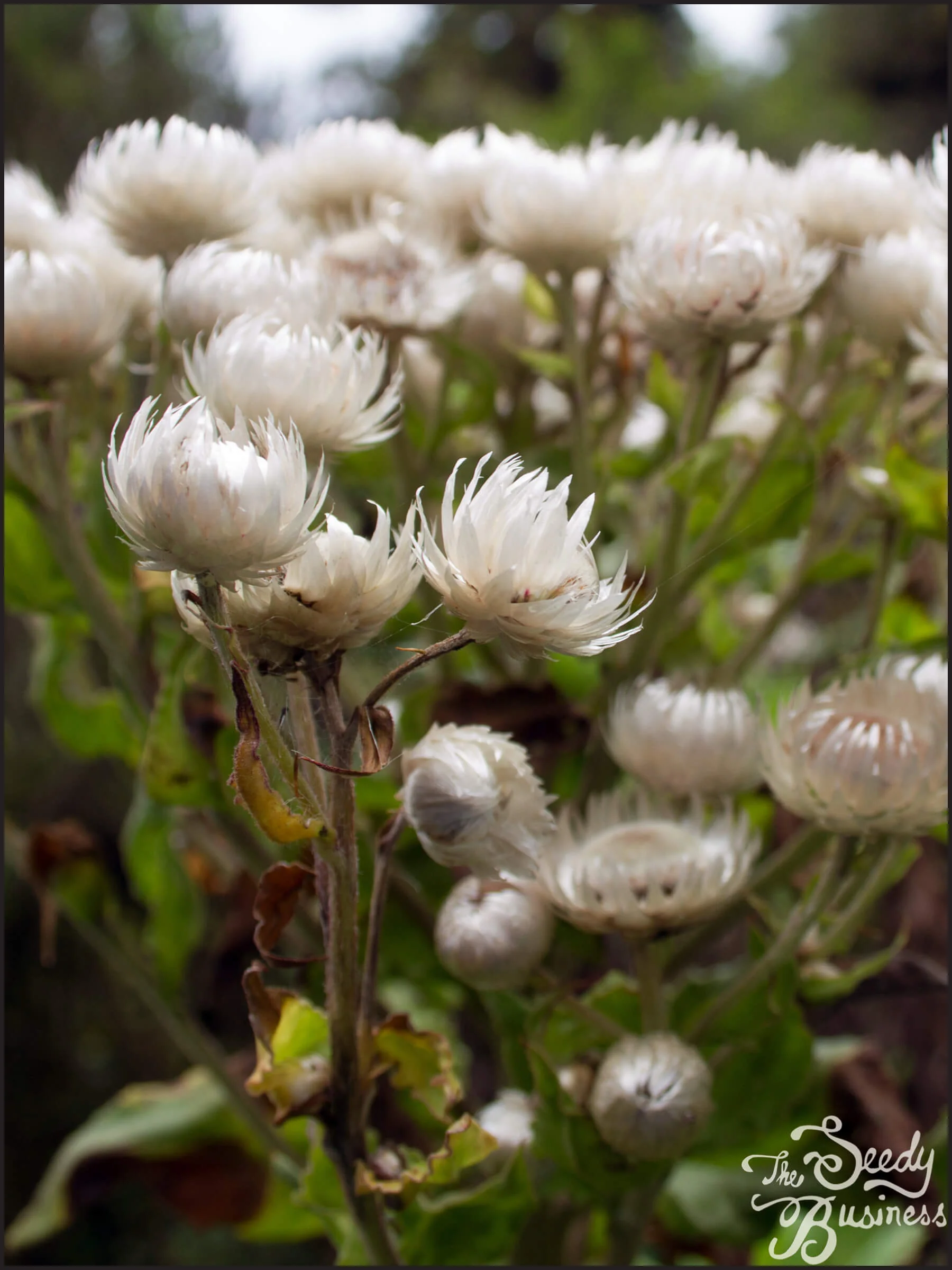Helichrysum formosissimum




Helichrysum formosissimum
One packet contains 10 seeds.
Native to the mountainous regions of East and Central Africa, the shrub Helichrysum formosissimum has been discovered at elevations from 1800 to 4200 m (5900 to 13800 ft). On the Rwenzori of Uganda, its white to pink flowers speckle the bamboo and heather forests, often near bogs as it prefers a damp site. In a striking adaptation to the Rwenzori’s incessant rains, its flowers will close rapidly upon contact with water droplets. The plant can reach 2 m (7 ft) in height, with aromatic leaves 2 to 15 cm (0.8 to 6 in) long and flowerheads 2 to 3 cm (0.8 to 1.2 in) in diameter. Because of the extremes of its montane environment, this species exhibits phenotypic plasticity—slight differences in appearance between individuals of varied sites.
Minimum tested germination rate is 50%
